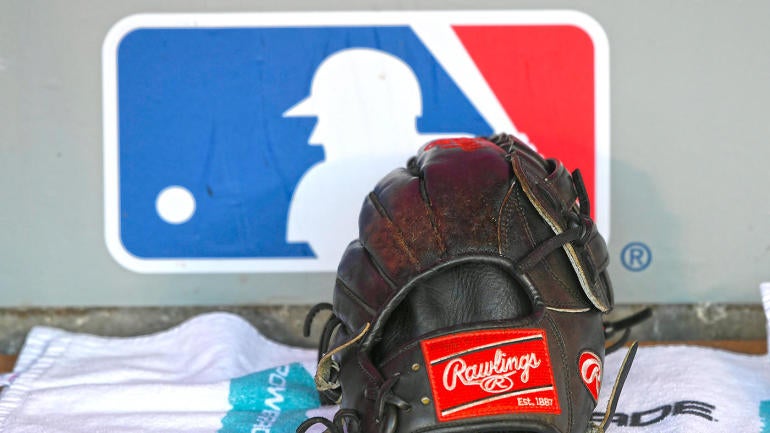
The 2020 MLB postseason approaches quickly, and there's still some compression in the standings and a few playoff berths yet to be determined. In normal years, this would raise the tantalizing possibility of high-stakes tiebreaker games. But thanks to the tight calendar of the current season -- largely a consequence of the ongoing COVID-19 pandemic -- that won't be the case in 2020. Rather that jam one or more tiebreaker games into the nonexistent space between the end of the regular season and the start of the expanded 16-team playoffs, MLB will break any ties with a formula that uses the games already played.
Let's quickly run down how that will work
If two teams tie for a playoff seed
Should two teams tie for any of the eight playoff berths in each league -- whether that's the division title, the automatic berth that goes to second-place teams or one of the two available wild card spots in each league -- this is how the tie will be broken:
- Head-to-head record. Obviously this will apply only to teams within the same division, since in 2020 teams played strict regional schedules against teams from with their own division and from the corresponding division in the other league (i.e., AL East vs. NL East, AL Central vs. NL Central, AL West vs. NL West).
- Higher winning percentage within own division. If teams from different divisions wind up tied for a particular seed, then winning percentage against teams from their own division will be the first tiebreaker. For instance, if, say, the Phillies and Giants wind up tied for the final NL playoff berth, then the Phillies' record against the NL East and the Giants' record against the NL West would be the tiebreaker. If two teams have the same intradivisional winning percentage, then the tiebreaker will go to the team with the best intradivisional winning percentage over the final 20 games of the regular season. If that's still a tie, then you add one game to that total of 20 until the tie is decided.
If more than two teams tie for a playoff seed
Again, this applies regardless of whether there's a logjam for a division title, second-place finish, or wild card berth.
- Combined head-to-head record against other tied teams. If, say, you've got three teams tied for a division title, then the division title goes to the team with the highest combined winning percentage against the other two teams. Again, this obviously applies just to teams in the same division because of the nature of the regional schedule in 2020.
- Higher winning percentage within own division. As was the case with the two-team scenario involving teams from different divisions, this is how ties among more than two teams from different divisions will be decided. For instance, in the (unlikely) event that the Blue Jays, Orioles, and Mariners all wound up tied for the final AL playoff berth, then the Jays' and Orioles' records against the AL East would be compared to the Mariners' record against the AL West to determine who gets that last spot. Also just like above, if that doesn't break the tie, then you go to intradivisional records over the last 20 games to break the tie, plus one game until all ties are broken.
Now let's give all of this the executive summary treatment. Ties for playoff seeding in 2020 will be broken by, in order:
- Head-to-head record (if applicable).
- Intradivision record.
- Record in final 20 division games (plus one until the tie is broken).
Note that these are how all ties will be broken for the 2020 season. That's the case whether it's seeding that hangs in the balance or it's a more serious matter of determining which of the tied teams makes or gets left out of the postseason.






















